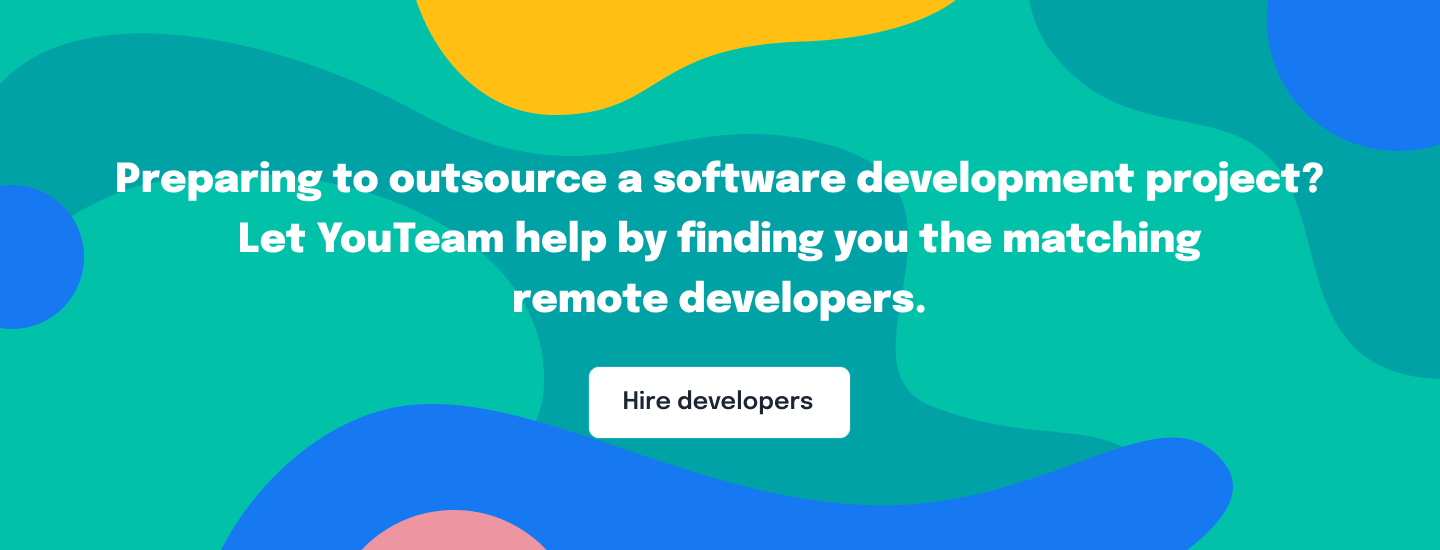COVID-19 has accelerated the digitization of all industries, and the finance sector is among them. Since the lockdown, there has been a skyrocketing 72% rise in the use of FinTech apps across Europe. From redefining the customer experience and embracing contactless banking to developing a data-first personalized strategy and choosing the right mix of technological platforms, there’s plenty brewing at the AI-FinTech interface.
To that end, in this article, we will look at how you can integrate AI within your FinTech offering and pave the way for a more seamless, convenient, and consistent user experience. Let’s get started.
Top 8 FinTech-Centric AI Use Cases Worth Trying
1. Fraud prevention as a service (FaaS)
With increased digital adoption by customers, consumers are becoming more vulnerable to instances of cybercrime, “With 34% of participants reporting financial fraud between 2020 and 2021.” Plus, the benchmarking report (2022) states that 77% of customers observed an increase in the overall level of fraud.
That is why fraud prevention and awareness are playing a central role in driving a secure FinTech experience. To tackle the issue, you can invest in a robust Fraud Management System that can not only detect frauds but also prevent them.
AI tools and machine learning models can use predictive and prescriptive analytics to detect fraud and score a transaction on its ‘fraud riskiness.’
2. AI-powered chatbots for customer support
AI-powered chatbots are making a big splash in the Banking and Finance industry. Understandably so. According to Juniper Research, the operational cost savings from using chatbots in banking has reached $7.3 billion globally by 2023.
Here are a few real-life examples of how chatbots are driving a plethora of customer support tasks in the FinTech sector:
- HSBC’s chatbot Amy provides answers to common questions that customers pose in addition to processing critical customer feedback.
- Swedish bank, ‘SEB’s’ chatbot Amelia actively works with employees and assists them with internal IT support.
- Bank of America’s virtual assistant, Erica, makes the impossible a reality by guiding users financially and consulting with them to help them save money.
Instead of simply using AI-powered chatbots to carry out traditional banking activities such as allowing customers to view the account details and make transactions, FinTech chatbots are pushing the boundaries and entering an innovative space for FinTech digitization. There are also businesses that prefer using CPaaS for faster customer support.
3. Robotic process automation (RPA)
Any FinTech or Banking organization understands the complexity of handling routine back-end tasks way too well. These institutions can leverage robotic process automation to automate and streamline back-end office processes from end-to-end by using a ‘smart’ chatbot.
Take the use of JPMorgan Chase’s chatbot, ‘COiN’, which reportedly completed 360,000 hours of finance work in a matter of seconds!
Some common tasks that you can automate using RPA include:
- Customer onboarding
- Security checks
- Trade finance operations and loan application process
- Inbound calls related to routine queries such as account statements and transactions
- Credit card, account closure, and mortgage processing
In the end, RPA software will empower banks to work more efficiently, quickly, and cost-effectively, as the human agents focus on delivering a customer-centric banking experience. A win-win for all.
4. Biometric security
According to experts, biometric security is fast emerging as a critical part of the FinTech equation. If used correctly, it not only streamlines the customer experience but also makes it efficient, effortless, and quick.
For example, reports suggest that the Seven Bank based out of Japan will replace its existing ATMs with ATMs that offer biometric authentication technologies and QR code reading capabilities.
Using biometric technology, complete with facial recognition features, QR-code scanning capabilities, and Bluetooth functioning, will pave the way for a seamless banking experience and boost user satisfaction levels.
5. Blockchain technology
The primary purpose of blockchain technology thus far has been to make way for secure and safe transactions. This technology operates on the philosophy of decentralized finance and focuses on reducing centralized procedures. By ensuring that the user data is stored securely, it lowers the risk of fraud instances.
According to Insider Intelligence, 48% of banking executives attribute blockchain and artificial intelligence to be the driving factors behind positively impacting the banking experience. The report further suggests that banks are exploring blockchain technology in the hope of streamlining processes and lowering costs.
6. Voice-enabled payments
If you’re guessing the efficacy of voice payments, consider the following statistic: As per data, 80% of consumers maintain high levels of satisfaction with the voice shopping experience.
For inspiration, take a look at the use case of Westpac Banking Corporation in Australia, which offers voice-enabled services to customers who use Amazon’s Alexa services to conduct simple banking tasks such as checking accounts, make payments, etc.
Voice-enabled payments are revolutionizing the Fintech sector by making it conversational, user-friendly, and personalized.
7. Autonomous finance
If you want to support individual customer journeys at scale, autonomous finance is your calling. In simple words, autonomous finance empowers FinTech institutions to help users manage their money better. It works by using AI and machine learning technology to analyze user behavior patterns concerning banking and provide customers with a more personalized banking experience.
With customers needing more guidance than ever in making sound financial decisions and gaining trust in automated financial services, autonomous finance can lay the foundation for a self-striving finance culture for the users and the institution at large. Businesses can use AI to create financial advice content to enhance customer experience, but must address biases and AI risks by implementing effective mitigation measures.
8. Open banking
Quite simply, open banking is a system that allows third parties to get hold of financial information needed to develop new apps and services. On the customer’s side, it empowers account holders with enhanced financial transparency options. An example of a bank that successfully drove open banking is Barclays, one of the first UK banks that allowed for account aggregation within its mobile banking app. In other words, it enabled customers to look at their accounts with other banks within the Barclays’ mobile app, a feature that was previously unheard of.
The Takeaway
AI is driving innovation, operational efficiency, lowered costs, and improved customer satisfaction rates within the FinTech sector. However, the trick lies in understanding the proper use of AI-powered technology to advance your business and customer-centric goals.








